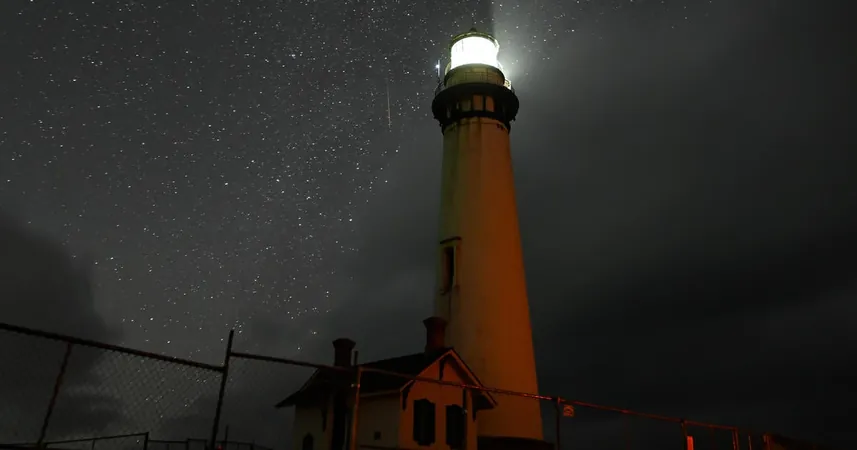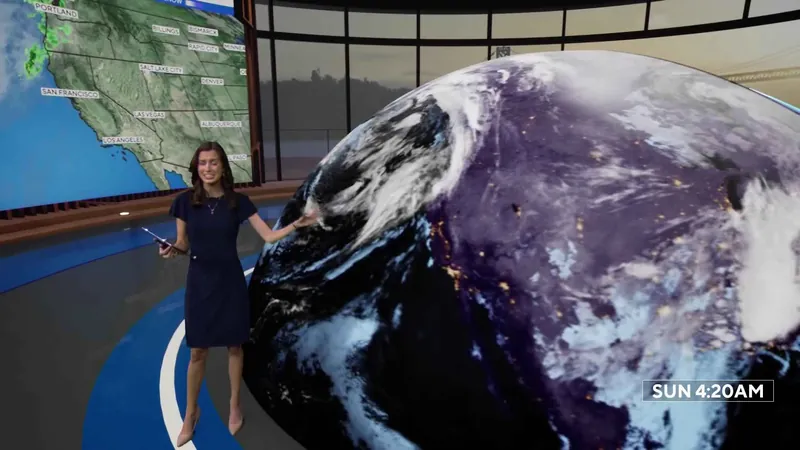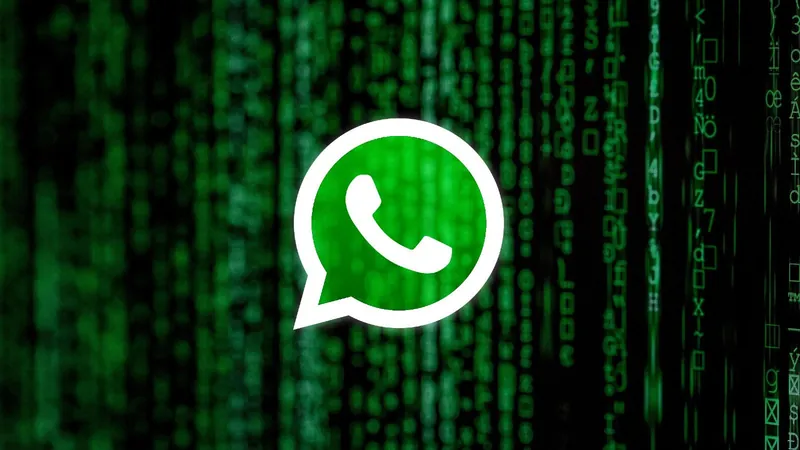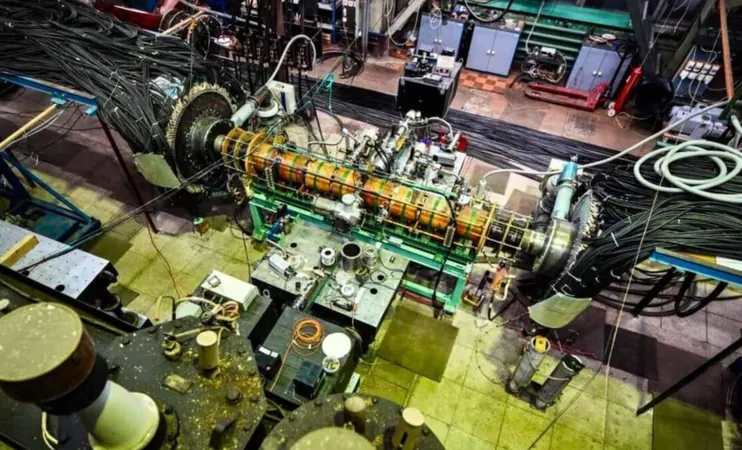
Don't Miss It! The Quadrantids Meteor Shower of 2025 – Your Ultimate Viewing Guide!
2025-01-02
Author: Michael
As we ring in the new year, stargazers and celestial lovers are in for a treat! The Quadrantid meteor shower, the first major meteor display of 2025, is set to illuminate the night sky, peaking in the early hours of Friday.
Under ideal conditions, this magnificent spectacle can unleash a dazzling display of up to 200 meteors per hour. However, for most astronomy enthusiasts, spotting 20-30 meteors per hour is more realistic, especially with clear, dark skies. Fortunately, the moon will be a slender crescent and will dip below the horizon early in the night, providing optimal dark-sky conditions for viewing, according to NASA.
Peak Viewing Times and Locations
Mark your calendars: the Quadrantids will reach their peak in the early morning hours this Friday. Although the meteor shower is active until January 16, don't miss this chance to catch the highest meteor rates right before dawn when visibility is at its best!
The American Meteor Society highlights that the Quadrantids are primarily visible from the Northern Hemisphere, with the Northwest and Pacific regions offering the prime vantage points this year. To ensure the best viewing experience, venture far away from city lights and find a quiet place where the stars can shine unhindered.
For those planning to step outside for the show, experts recommend lying flat on your back with your feet pointed toward the northeast. Give your eyes about 30 minutes to adjust to the darkness to fully appreciate the breathtaking cosmic display. And don’t forget to bundle up in a warm blanket or sleeping bag—January nights can be icy!
What You Need to Know About Meteor Showers
Curious about what exactly a meteor shower is? Meteors are essentially space rocks that burn up upon entering Earth’s atmosphere, creating spectacular streaks of light in the sky commonly referred to as shooting stars. While many meteor showers originate from comets, the Quadrantids have a unique origin story—they come from asteroid 2003 EH1, a small asteroid discovered on March 6, 2003.
One of the standout features of the Quadrantids is their famous fireball meteors, which are larger explosions of light that can produce stunning displays lasting considerably longer than typical meteors.
Get Ready for an Unforgettable Experience!
This spectacular display of nature's wonder is not to be missed! Gather your friends and family, equip yourselves with blankets and hot cocoa, and prepare for a magical night under the stars. This isn't just stargazing; it's a front-row seat to one of the universe's most entrancing phenomena. So, will you be one of the lucky observers witnessing this breathtaking cosmic show? Get ready to be amazed!









 Brasil (PT)
Brasil (PT)
 Canada (EN)
Canada (EN)
 Chile (ES)
Chile (ES)
 Česko (CS)
Česko (CS)
 대한민국 (KO)
대한민국 (KO)
 España (ES)
España (ES)
 France (FR)
France (FR)
 Hong Kong (EN)
Hong Kong (EN)
 Italia (IT)
Italia (IT)
 日本 (JA)
日本 (JA)
 Magyarország (HU)
Magyarország (HU)
 Norge (NO)
Norge (NO)
 Polska (PL)
Polska (PL)
 Schweiz (DE)
Schweiz (DE)
 Singapore (EN)
Singapore (EN)
 Sverige (SV)
Sverige (SV)
 Suomi (FI)
Suomi (FI)
 Türkiye (TR)
Türkiye (TR)
 الإمارات العربية المتحدة (AR)
الإمارات العربية المتحدة (AR)